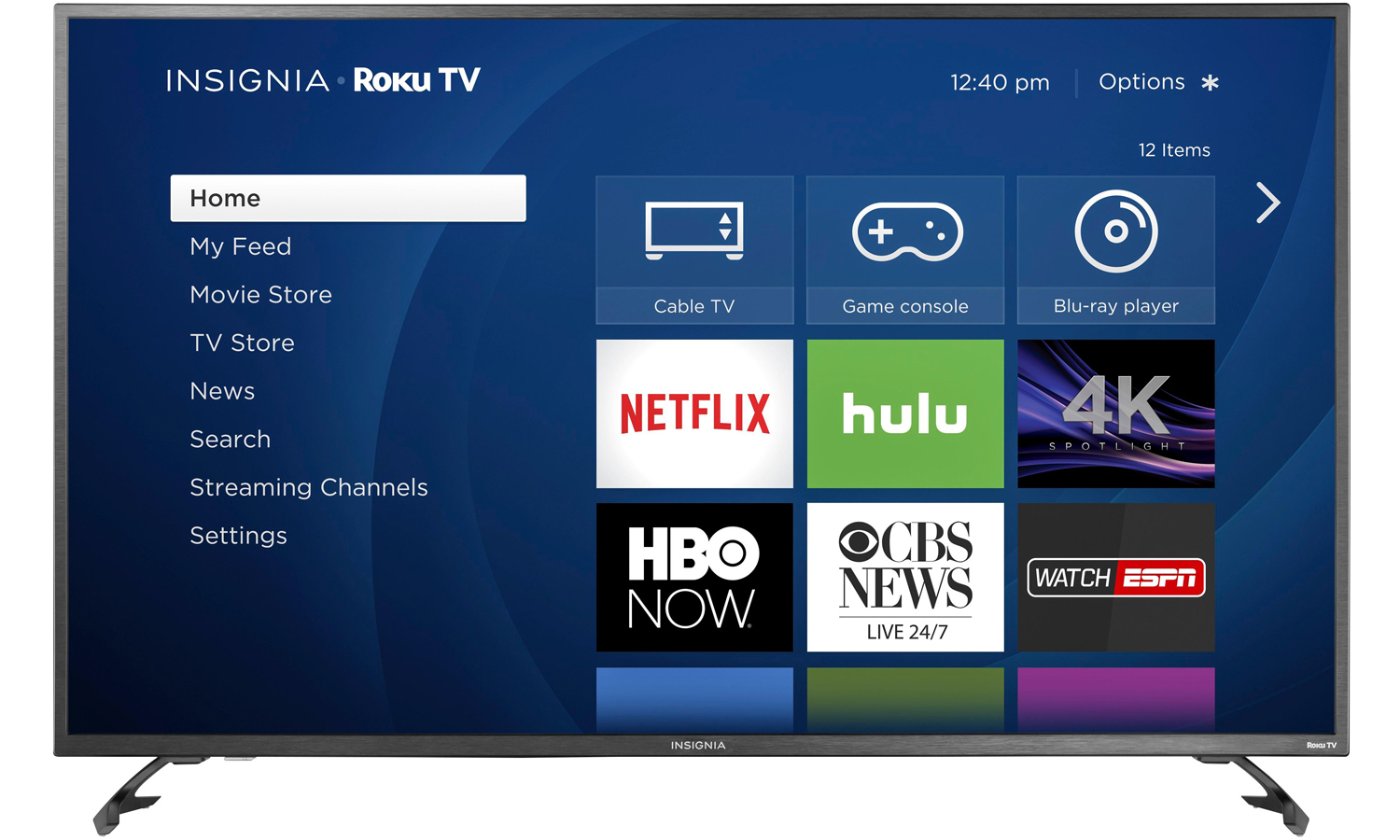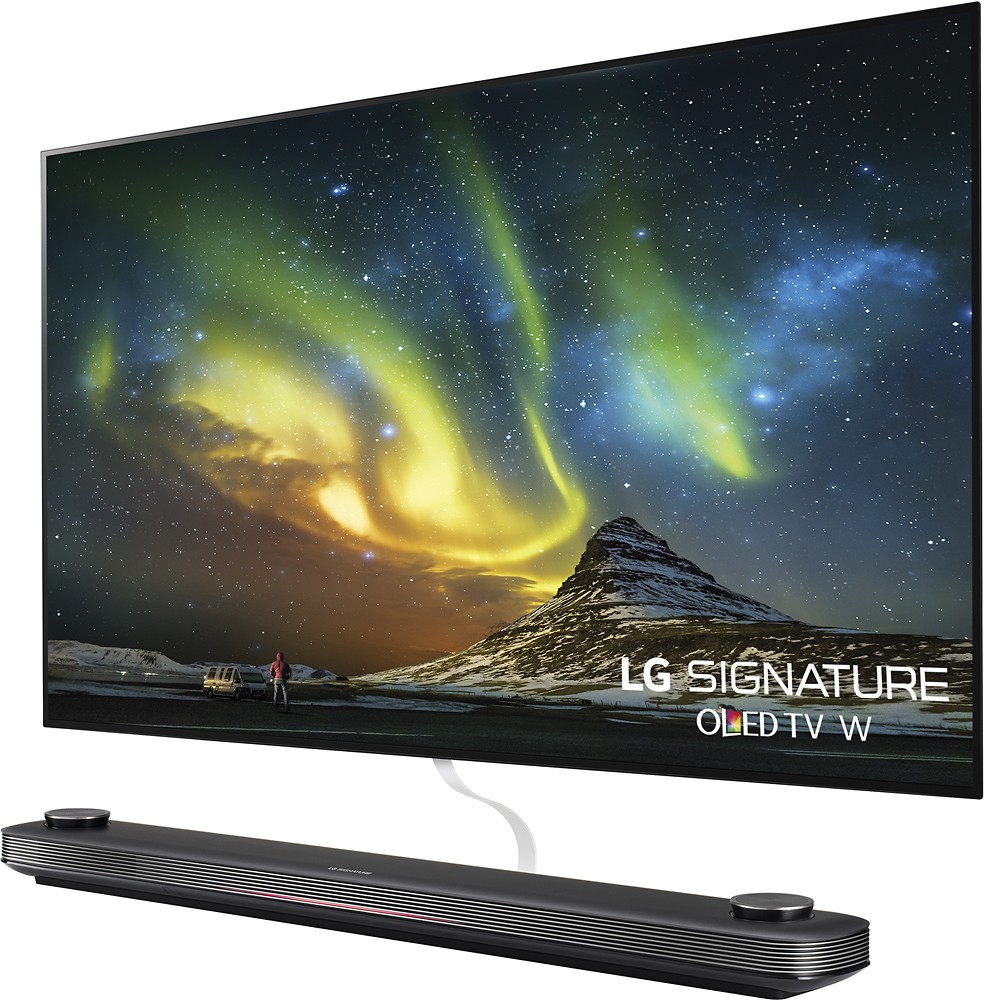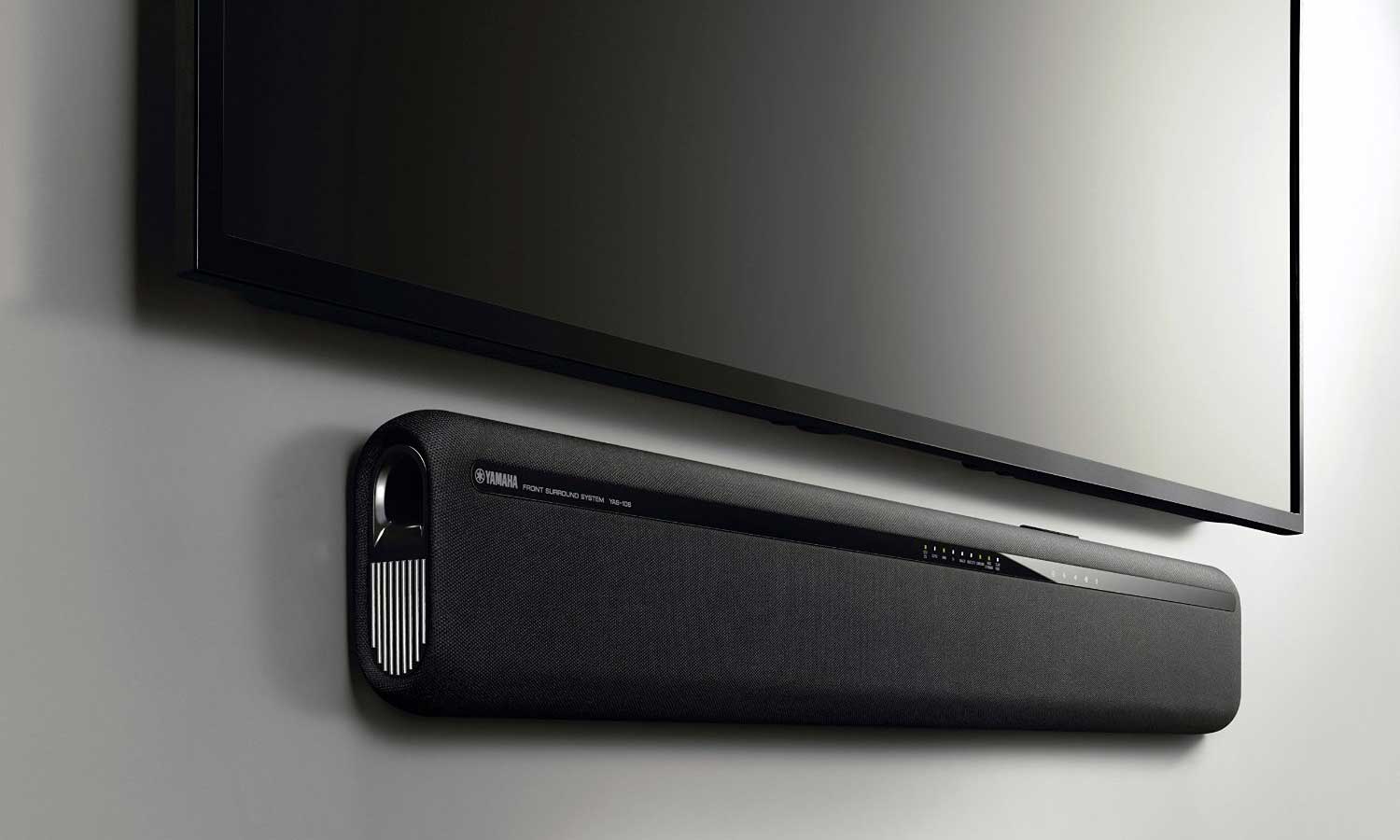3 Experts Tell Us How Much to Spend on a TV (and 7 Other Buying Tips)
Find the best TV with the features you need for the right price with this cheat sheet.
So you're going to buy a TV...
Buying a television involves more than just picking one that looks nice. Consumers have to navigate through terms like HDR, OLED and QLED, not to mention choose a set that's just the right size — and price. Then, there's also a range of other options to consider, from smart TV features and HDMI ports to resolution.
We spoke with experts at both online retailers and brick-and-mortar stores, as well as an industry analyst, to come up with a cheat sheet of eight things consumers need to ask before purchasing a new TV. Be sure to bookmark this page and bring it up right in the store.
What should I expect to pay for the TV I'm looking for?

The sweet spot these days is sub-$500 for a 50- to 55-inch 4K set. Expect to pay $800 and up for a good 65-incher.
You're limited only by your wallet. Before buying a TV, think about which features you'll really need and how much you can spend. Here's a brief rundown of what you can expect in different price ranges.
Under $250
In this price range, you'll find a lot of smaller sets (under 40 inches) with lower resolutions, such as 1080p or 720p. Some have a smart interface, but most do not. These TVs are good as secondary sets where picture quality isn't as important.
Under $500
Get instant access to breaking news, the hottest reviews, great deals and helpful tips.
Most TVs in the U.S. sell for around $400 to $500, according to Paul Gagnon, the director of TV Sets Research for IHS Markit. "If someone is looking at spending $500, probably a 55-inch [set] is the upper limit in terms of screen size, and would exclude most 4K sets at larger sizes,” Gagnon said.
Under $1,000
Between $500 and $1000 is where you'll find 4K screen sizes up to about 65 inches, but premium features, such as HDR support, are available only on smaller 50- to 55-inch models.
Above $1,000
If you decide to spend more than $1,000 (and particularly more than $2,000), you'll be treated to the latest technologies, such as QLED, OLED and HDR. Also, the TVs in this price range will have more refined designs, such as thinner bezels.
"The best thing I could say when you're thinking about how much your system is going to cost is to try and give yourself a budget," said Mike Dye, a system designer at Magnolia/Best Buy. "Think of all the things you're going to need if you want to do that soundbar, if you want to get a TV that's HDR; do a little research before coming in. Give yourself a number you want to stick to.”
What size TV do I need?

Kitchen: up to 32 inches
Bedroom: 40 inches and up
Living room: 55 inches and up
The size of your TV largely depends on the size of the room in which you're planning to install it and how you plan to watch TV in that room. In the kitchen, where you'll most likely use the TV for news updates and short viewing sessions, a smaller 32-inch set may be the way to go.
In the bedroom, where you'll use the TV to catch up on a show or watch late-night comedy before going to bed, you'll likely want something larger, but not a set that will dominate the room. A 40- to 55-inch TV should do nicely there.
The living room, where you'll be watching movies and sports with family and friends, is where you'll want to go big: 55 inches or larger, depending on the room size.
Most important, though, "It's about fitting your space in a way that you're comfortable watching the screen," said Dye. "Usually, we tell people that you don't want to be in a place where you're turning your head to see what's going on. With higher-resolution content more widely available, it's not a big deal to sit pretty close to what you might consider a rather large screen. So it's more of a matter of what kind of experience you want to have and what kind of aesthetic you want to go after.”
MORE: What Size TV Should You Buy?
Is 4K worth it, and where can I find it?
Yes. Ultra HD sets are cheaper than ever, and they can upscale regular full-HD content.
All of the experts we spoke to concurred that, unless you're buying a small, secondary TV, 4K is the way to go. Although regular HD (1080p) content — most notably, from cable and over-the-air sources — is still far more prevalent, most 4K sets do a good job of upscaling that content to look sharp.
"When [4K TVs first] came out, they [TV makers] knew everybody would be watching 1080p or less," said David Campbell, sales adviser at Crutchfield. "TVs have a chip called a scaler which takes the signal and bumps it up to 4K, which is 8 million pixels, and they do a great job."
Not to mention, the price of 4K TVs is dropping rapidly. "4K is a technology that's really made its way into almost every set you can look at, and they're available at all price points," Dye said. "So with 4K, we're getting better TVs, they've got better color and contrast, and there is a very quickly widening availability of 4K content, too."
"A vast majority of content, and especially 4K content, can be found via streaming video services, such as Netflix or Amazon," said Gagnon. "In 2016, Ultra HD Blu-ray was introduced, bringing 4K to physical media, and while it is undoubtedly the best option for ultimate picture quality, it can be expensive and inconvenient. For streaming 4K, I definitely recommend at least a 15 Mbps internet connection."
MORE: Best 4K TVs Under $500
Should I get a smart TV?

It's becoming a standard feature, but it's not as important as size, picture quality or price. Still, we like Roku-powered sets for their ease of use.
With the exception of very inexpensive sets, the vast majority of TVs now have some "smarts," which let you access streaming services such as Netflix and Hulu without having to connect a separate box to your TV.
But although many of these streaming services are available through smart TVs, this shouldn't be a primary consideration when you're purchasing a TV, Dye said. "I would buy my TV based on who's got the best picture, the size I want, all that kind of stuff," he said. "Even if it is smart, I wouldn't worry too much about it, because you can always just throw a streaming box on there."
If you're keen on getting a smart TV and don't want to have a separate set-top box, check out sets that have the Roku TV interface, such as this 55-inch Insignia set from Best Buy. There are hundreds of available channels — including Hulu, Netflix, and HBO Now.
Amazon's new Fire TVs, made by Element and Westinghouse, let you use your voice to search for content via the Alexa digital assistant, but the picture quality could be better.
MORE: Smart TV FAQ - The Pros and Cons of Smart Televisions
How many HDMI ports do I need, and what kind?

The number and kind of HDMI ports you'll need on a TV are directly related to what you want to plug into it.
"Most TVs have at least three HDMI ports, which is usually enough for a DVD player, streaming device and a cable or satellite set-top box," Gagnon said. "If you also have a gaming console, you might want to consider a set with four." If you're planning to stream lots of 4K content, or play 4K Blu-ray disks, then you'll also want a set that has at least one HDMI 2.0 port, which can support higher resolutions and frame rates, Gagnon added.
What do LED, QLED and OLED mean?

OLED is the best, if you can afford it.
In short, LEDs are used to backlight LCD TVs. The vast majority of flat-panel TVs use LCD technology to create colors. But LCDs can't generate light by themselves, so a layer of LEDs is added behind the LCD panel to provide illumination. QLED is a marketing term created by Samsung to highlight its refinement of LCD technology, which uses quantum dots to create much richer colors.
OLED (organic light-emitting diode) is a newer technology in which the color and the illumination come from the same source. In general,OLEDs create richer colors and greater contrast, as well as allow for thinner panels, such as LG's W7, which is just 2.8mm thick. However, because this technology is so new, OLED TVs are generally more expensive than comparable LCD sets.
"QLED is basically a mature LCD panel," Dye said. "OLED, on the other hand, is a whole new technology. Each pixel can actually be individually dressed, dimmed, brightened — turned to pretty much anything you want it to do — so it really offers you a humongous contrast ratio.”
MORE: OLED vs. QLED: What's the Difference?
What is HDR, and should I get it?
It's nice to have, but you don't need it yet.
"High dynamic range is a new technology that displays a broader range of contrast from highlights to deeper blacks," Gagnon said. "Good HDR has a noticeable beneficial impact on picture quality, but the use of the term is not always consistent.
“For example, there can be multiple formats for HDR content (HDR10, Dolby Vision, HLG, etc.) and not all TVs/sources/content are compatible with all formats, so consumers need to pay attention to the formats supported," Gagnon added. "Also, there can be a pretty big range of performance in sets labeled as HDR, so it pays for consumers to find a good demonstration.”
MORE: Why Does HDR Matter?
Do I need a soundbar, or are the TV speakers enough?

Yup, you probably need one.
If you have a kick-ass TV, then the answer is probably yes. To deliver sound, speakers need to move air. As TVs have become thinner, there's less room for speakers that can produce audio on a par with the picture quality.
"These TVs have such slim frames and cabinets, there's not really a place to build a speaker into the kind of performance you might expect from the huge very, very exciting picture you just got," Dye said. "So the soundbar speaker system, or something like that, is a very common additional purchase with the TV to make sure you get the full experience of whatever you're watching.”
If you have a small TV in your kitchen for watching the news and weather, you probably don't need a soundbar. But if you're looking for a real cinematic experience in your living room, you will want something that can deliver the goods.
Soundbars vary in price and features nearly as much as TVs do, so choose one that best matches the set you'll pair it with. You can even find good soundbars for less than $100.
- The Best Streaming Services for Cord Cutters
- The best TVs: Our Favorite 4K (Ultra HD) TVs Available Now
- Your Guide to Cable TV Cord-Cutting

Michael A. Prospero is the U.S. Editor-in-Chief for Tom’s Guide. He oversees all evergreen content and oversees the Homes, Smart Home, and Fitness/Wearables categories for the site. In his spare time, he also tests out the latest drones, electric scooters, and smart home gadgets, such as video doorbells. Before his tenure at Tom's Guide, he was the Reviews Editor for Laptop Magazine, a reporter at Fast Company, the Times of Trenton, and, many eons back, an intern at George magazine. He received his undergraduate degree from Boston College, where he worked on the campus newspaper The Heights, and then attended the Columbia University school of Journalism. When he’s not testing out the latest running watch, electric scooter, or skiing or training for a marathon, he’s probably using the latest sous vide machine, smoker, or pizza oven, to the delight — or chagrin — of his family.
